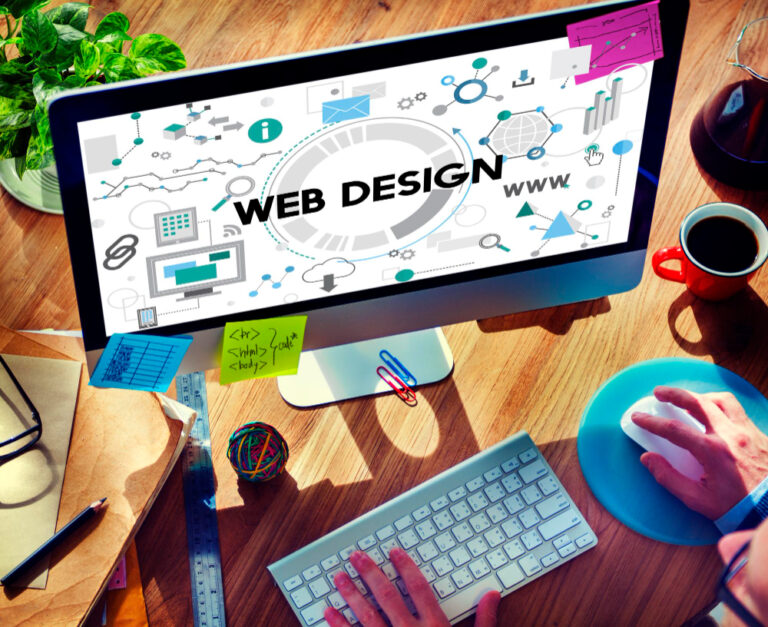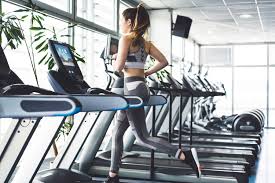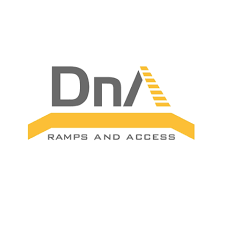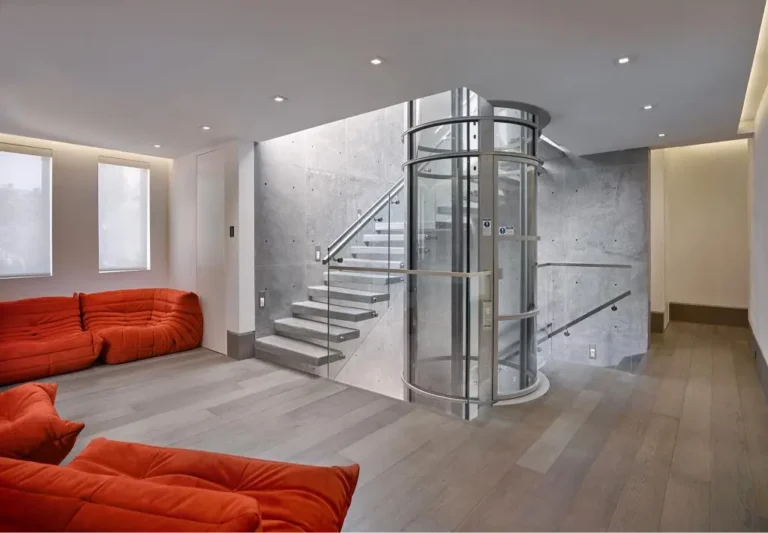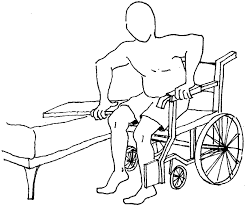The rise of artificial intelligence (AI) is transforming various industries, and the web design sector is no exception. In the UAE, web design companies are at the forefront of integrating AI into their services to enhance their offerings and meet evolving client needs. This article explores how web design company UAE are adapting to the AI revolution and the impact this technology has on website design UAE.
Embracing AI for Enhanced User Experience
1. Personalized User Experiences
AI is revolutionizing the way web design company UAE create user experiences. By leveraging AI-driven analytics, these companies can offer highly personalized experiences for website visitors. AI algorithms analyze user behavior, preferences, and interactions to tailor content, design elements, and recommendations. This level of personalization enhances user engagement, boosts conversion rates, and provides a more relevant experience for each visitor.
2. Automated Content Creation
Content creation is a crucial aspect of website design UAE, and AI tools are making it more efficient. Web design companies are using AI to generate content that aligns with brand messaging and audience preferences. AI-powered content generators can create text, images, and even video content, saving time and resources while maintaining high-quality standards. This automation allows designers to focus on creative and strategic tasks, improving overall productivity.
Streamlining Design Processes with AI
1. AI-Powered Design Tools
Web design company UAE are increasingly incorporating AI-powered design tools into their workflows. These tools assist designers by automating repetitive tasks, such as resizing images, adjusting layouts, and selecting color schemes. AI can also suggest design improvements based on user feedback and trends. This integration accelerates the design process, reduces human error, and ensures consistency across various platforms.
2. Intelligent Design Assistants
AI-driven design assistants are becoming a valuable asset for web design companies. These assistants use machine learning algorithms to offer design suggestions, predict user preferences, and provide insights into design trends. By analyzing vast amounts of data, AI assistants can help designers make informed decisions and create visually appealing websites that align with current industry standards.
Enhancing SEO and Performance with AI
1. AI-Driven SEO Optimization
SEO is a critical component of website design UAE, and AI is playing a significant role in optimizing websites for search engines. Web design company UAE are using AI tools to analyze search engine algorithms, identify relevant keywords, and optimize on-page elements such as meta tags, headings, and content. AI can also track and analyze website performance, providing insights into areas for improvement and helping designers create SEO-friendly websites that rank higher in search results.
2. Performance Monitoring and Optimization
AI technologies are improving the way web design companies monitor and optimize website performance. AI-driven analytics tools can track user interactions, identify performance issues, and provide recommendations for improvements. This real-time monitoring allows web design company UAE to make data-driven decisions and ensure that websites operate efficiently, providing a seamless experience for users.
Adapting to Changing Design Trends
1. Dynamic and Interactive Elements
AI is enabling web design company UAE to incorporate dynamic and interactive elements into websites. These elements, such as chatbots, virtual assistants, and interactive infographics, enhance user engagement and provide a more immersive experience. AI algorithms can analyze user interactions with these elements, allowing designers to refine and optimize them based on real-time feedback.
2. Predictive Design Analytics
Predictive analytics powered by AI is helping web design companies anticipate future design trends and user preferences. By analyzing historical data and identifying patterns, AI can forecast emerging trends and provide insights into what users are likely to expect in the future. This forward-looking approach allows web design company UAE to stay ahead of the curve and create websites that are not only current but also future-proof.
Addressing Ethical Considerations
1. Privacy and Data Security
As AI becomes more integrated into website design UAE, privacy and data security are important considerations. Web design company UAE must ensure that AI technologies comply with data protection regulations and safeguard user information. Implementing robust security measures and transparent data practices helps build trust with users and ensures that their personal information is protected.
2. Avoiding Bias in AI
AI systems can sometimes exhibit biases based on the data they are trained on. Web design company UAE need to be mindful of this issue and take steps to mitigate bias in AI-driven design processes. This includes ensuring that AI algorithms are trained on diverse data sets and regularly evaluating their outputs to prevent discrimination and ensure fairness in design.
Future Outlook for AI in Web Design
1. Continuous Innovation
The integration of AI in web design is an ongoing process, and web design company UAE are continually exploring new ways to leverage this technology. Innovations in AI are expected to bring even more advanced tools and capabilities to the field, further enhancing design processes, user experiences, and website performance.
2. Expanding AI Capabilities
As AI technology continues to evolve, its capabilities in web design are likely to expand. Future developments may include more sophisticated design tools, enhanced personalization features, and deeper insights into user behavior. Web design company UAE will need to stay updated with these advancements and adapt their strategies to harness the full potential of AI in their projects.
Conclusion
The AI revolution is significantly impacting how web design company UAE approach website design and development. From enhancing user experiences and streamlining design processes to optimizing SEO and performance, AI is reshaping the landscape of website design UAE. As web design companies adapt to these changes, they are able to offer more innovative, efficient, and effective solutions for their clients. Embracing AI technology not only improves the quality of web design but also positions companies at the forefront of the digital evolution, ready to meet the demands of an ever-changing market.
